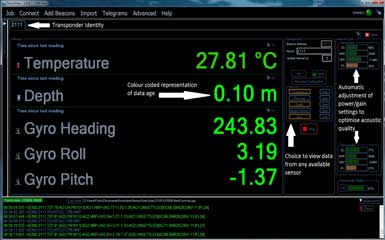 Software that enables acoustic data to be streamed in real-time from subsea structures as they are installed has helped to reduce non-production time (NPT) for independent oil and gas producer, INPEX, and its survey contractor, Neptune Geomatics, during construction of the Ichthys gas field, offshore Western Australia.
Software that enables acoustic data to be streamed in real-time from subsea structures as they are installed has helped to reduce non-production time (NPT) for independent oil and gas producer, INPEX, and its survey contractor, Neptune Geomatics, during construction of the Ichthys gas field, offshore Western Australia.
Supplied by subsea technology company Sonardyne Asia Pte. Ltd in Singapore, the SensorView software allowed data gathered by an acoustic transponder mounted on Tubing Head Spools (THS), to be transmitted at high speed to rig personnel monitoring the installation operations. The parameters measured by the transponder’s on-board sensors included heading, depth, sound velocity and inclination, and meant that delays previously incurred while aligning each THS to drilling templates, could be substantially reduced.
Located 220 kilometers off the coast, Ichthys represents the largest discovery of hydrocarbon liquids in Australia in over 40 years. It covers an area of around 800 square kilometers in water averaging depths of around 250 meters and is estimated to contain more than 12 trillion cubic feet of gas and 500 million barrels of condensate.
The field will be developed using a semi-submersible central processing facility, the largest of its kind anywhere in the world, and an FPSO connected by 890 kilometers of gas export pipeline to an onshore processing and storage facility at Bladin Point near Darwin.
As part of a 40 month contract, INPEX contracted Neptune to provide rig positioning and survey services during the drilling and completions phase of the project, work that is being undertaken by the Jack Bates and Ensco 5006 mobile drilling units.
At each of the five drill centers, Neptune installed a seabed array of Sonardyne Compatt 6 Long BaseLine (LBL) acoustic transponders to accurately position the spud locations and monitor the installation of the Drilling Guide Bases (DGBs) as they were lowered from the surface. Structure-mounted Compatt 6s fitted with high resolution inclinometers and depth sensors were used to verify final DGB positions and inclinations following cementing of the conductor in the top hole section.
While trying to align each THS with the DGBs once they arrived at depth, operational delays leading to rig non-productive time were incurred. To avoid such delays, INPEX requested that Neptune gather real-time positioning and heading information on each spool as it was being maneuvered.
The requirement was met using SensorView, Sonardyne’s dedicated sensor monitoring software application. It can be used in parallel with 6G acoustic positioning systems such as Fusion, or as a standalone solution for cost-effective remote monitoring and subsea data harvesting projects.
At Ichthys, SensorView was mobilized on one of the rigs and interfaced with a Dunker 6 transceiver which was deployed over the vessel’s side. Subsea, a Sonardyne GyroCompatt 6 was temporarily mounted on each THS and attached using a customized bracket designed to allow an ROV to recover the unit after each THS was installed. GyroCompatt 6 combines the features of a Lodestar Attitude and Heading Reference System (AHRS) with a Compatt 6 transponder in one unit to provide high update rate wireless attitude, heading, heave, surge, sway, pressure, sound velocity and acoustic positioning of any subsea object.
Commenting on the successful deployment of SensorView, Pat Fournier, Operations Manager for Neptune’s Geomatics service line said, “During Neptune’s recent Ichthys drilling and completions campaign, SensorView delivered us THS heading update rates of approximately one every three seconds. This was sufficient for our surveyors to fully understand the dynamic motion of the structures and thereby reduce the time needed to land them in the correct location.” He added, “We were impressed with the ease with which we could configure SensorView to work with our LBL acoustic hardware and view the data streams we needed to see.”
For more information on Sonardyne’s SensorView software click here.


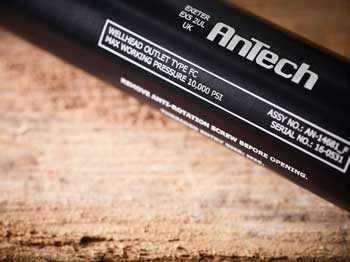 Type FC Wellhead Outlet
Type FC Wellhead Outlet Software that enables acoustic data to be streamed in real-time from subsea structures as they are installed has helped to reduce non-production time (NPT) for independent oil and gas producer, INPEX, and its survey contractor, Neptune Geomatics, during construction of the Ichthys gas field, offshore Western Australia.
Software that enables acoustic data to be streamed in real-time from subsea structures as they are installed has helped to reduce non-production time (NPT) for independent oil and gas producer, INPEX, and its survey contractor, Neptune Geomatics, during construction of the Ichthys gas field, offshore Western Australia. North Ocean 105 - Fast-transit, dynamically positioned vessel with an advanced Reel-lay system capable of rigid and flexible pipelay in up to 10,000 feet of water. Photo courtesy: McDermott
North Ocean 105 - Fast-transit, dynamically positioned vessel with an advanced Reel-lay system capable of rigid and flexible pipelay in up to 10,000 feet of water. Photo courtesy: McDermott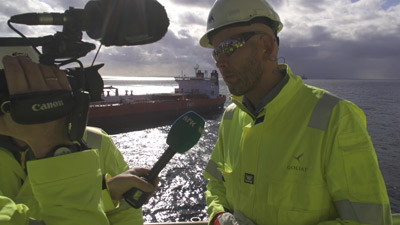 Photo credit: © Eni Norge
Photo credit: © Eni Norge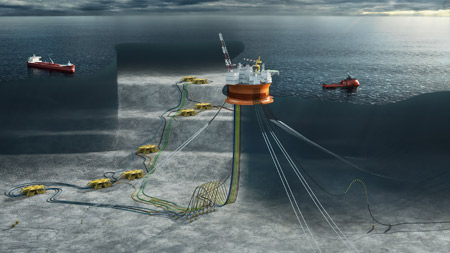 Eni Goliat illustration overview. Credit: © Eni Norge.
Eni Goliat illustration overview. Credit: © Eni Norge.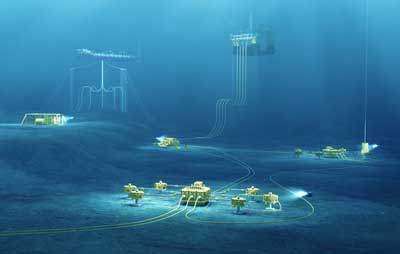 Image credit: DNV GL
Image credit: DNV GL LORD Corporation
LORD Corporation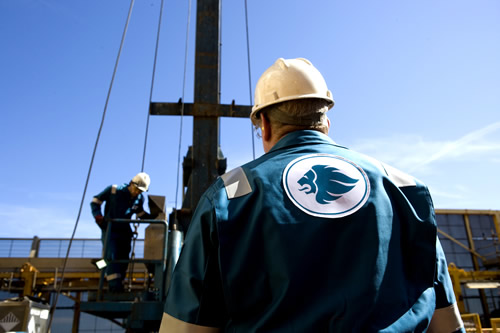 Photo credit: Expro
Photo credit: Expro Wood Group
Wood Group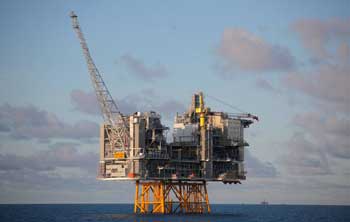 The Edward Grieg platform. Photo courtesy: Lundin Petroleum
The Edward Grieg platform. Photo courtesy: Lundin Petroleum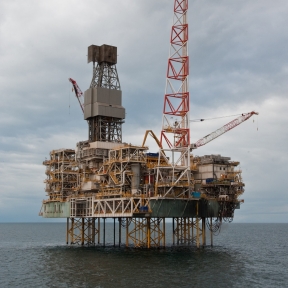 Shah Deniz gas field in the Caspian Sea. Photo credit: BP
Shah Deniz gas field in the Caspian Sea. Photo credit: BP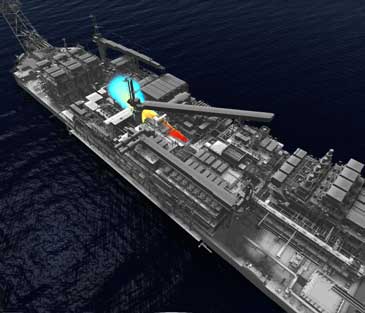 FPSO Gas Dispersion. Image credit: BMT
FPSO Gas Dispersion. Image credit: BMT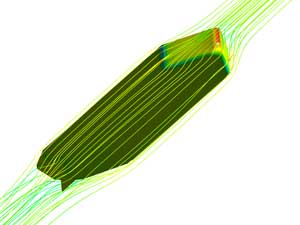 Image credit: BMT
Image credit: BMT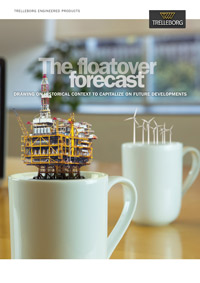 As offshore topsides become heavier and more oil reserves are identified in harder to reach locations, innovative solutions are key to effective oil & gas extraction. As a result, floatover installations are experiencing an upturn, rather than traditional heavy crane lifting. JP Chia, Engineering Manager and floatover specialist for Trelleborg’s engineered products operation, will be on stand at OTC Houston to discuss this trend, share market insights and answer any questions.
As offshore topsides become heavier and more oil reserves are identified in harder to reach locations, innovative solutions are key to effective oil & gas extraction. As a result, floatover installations are experiencing an upturn, rather than traditional heavy crane lifting. JP Chia, Engineering Manager and floatover specialist for Trelleborg’s engineered products operation, will be on stand at OTC Houston to discuss this trend, share market insights and answer any questions.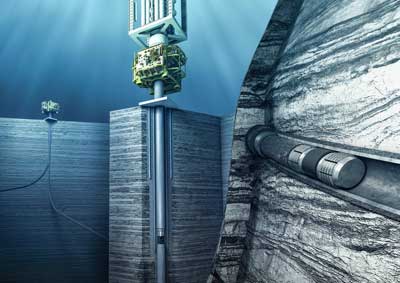 Right cut drilling and well illustration. Credit: DNV GL
Right cut drilling and well illustration. Credit: DNV GL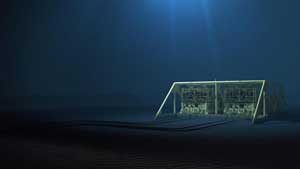 Aker Solutions
Aker Solutions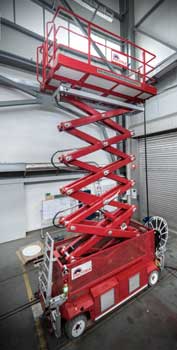 Photo credit: Protea
Photo credit: Protea The API has called on the administration to maintain and promote U.S. oil and natural gas development through the Bureau of Ocean Energy Management’s (BOEM) 2017-2022 offshore program, API Group Director of Upstream and Industry Operations Erik Milito
The API has called on the administration to maintain and promote U.S. oil and natural gas development through the Bureau of Ocean Energy Management’s (BOEM) 2017-2022 offshore program, API Group Director of Upstream and Industry Operations Erik Milito